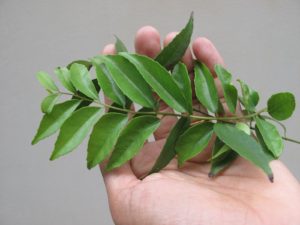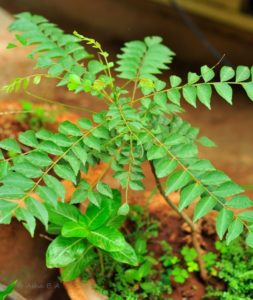In my earlier post on ‘Pumpkin‘, I mentioned about nutritional benefits of Pumpkin. The following are recipes with Pumpkin…
Pumpkin Soup with A Savory Granola Topping
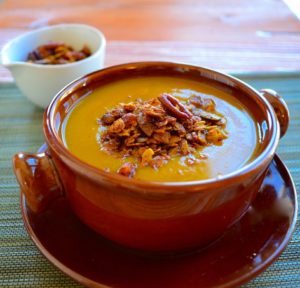
Ingredients:
3 ham/prosciutto slices, excess fat trimmed (chicken ham can be substituted)
1 tbsp. olive oil
2 medium onions, coarsely chopped.
4 cups (1 litre,) chicken stock
Savoury Granola Topping
1 egg white, lightly whisked
45 gms rolled oats
100 gms pumpkin seeds
75 gms sunflower seeds
40 gms flaked almonds
50 gms white or coloured quinoa rinsed, drained
1 tbsp. black chia seeds
1 tbsp. sesame seeds
1 tbsp. honey
2 tsp cumin seeds
Salt and pepper as needed
Cream for garnish
Method: To make the savoury granola topping preheat the oven to 180c. Line a baking tray with baking paper. Place the egg white, oats, pumpkin seeds, sunflower seeds, almonds, quinoa, chia seeds, sesame seeds, honey and cumin seeds in a medium-sized bowl and toss to combine. Spoon the mixture in a thin layer over the lined tray and bake for 10-15 minutes or until lightly toasted. Set aside to cool.
Meanwhile, place the prosciutto on a baking tray and bake for 5-7 minutes until crisp and chop coarsely. Heat the oil in a large pan over a medium flame and add the onion and cook, stirring, until it softens. Add the pumpkin, carrot and chicken stock and bring to a boil. Reduce the heat to low and cook for about 20 minutes until the pumpkin and carrots are very tender. Cool and place half the pumpkin mixture in a blender and blend until smooth. Pour into a clean saucepan. Repeat with the remaining pumpkin mixture. Heat on a low flame, season with salt and pepper as needed.
Divide the soup into serving bowls. Top with a dollop of cream and sprinkle with prosciutto and granola.
Spiced Pumpkin Bread
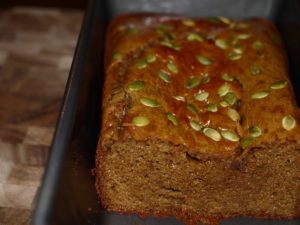
Ingredients:
400 gms butternut pumpkin, seeded and coarsely chopped
300 gms self-rising flour
250 gms castor sugar
2 tsp ground ginger
1 tsp cinnamon powder
2 large eggs
125 ml vegetable oil
125 ml milk
1 tbsp. pumpkin seeds
1 tbsp. flaked almonds
Butter and honey to serve
Method:
Preheat the oven to 180c. Grease and line the base and sides of a 10cm x 21 cm loaf tin with baking powder, allowing the sides to overhang.
Steam the pumpkin for 10 mins or until tender. Set aside and cool slightly, transfer to a small bowl and mash until smooth. You need about 1 cup of mashed pumpkin for this recipe.
Meanwhile combine the flour, sugar, ginger and cinnamon in a large bowl. Whisk the eggs, oil and milk in a jug and pour into the flour mixture and add the pumpkin puree. Use a wooden spoon and stir until combined, pour into the lined tin and smooth the surface. Sprinkle the pumpkin seeds and almonds on the top.
Bake for 1 hour or until a skewer inserted into the centre comes out clean. Set aside for 10 minutes to cool and then transfer to a wire rack to cool completely. To serve, cut into slices, toast under a grill and serve with butter and honey.

PIN IT FOR LATER


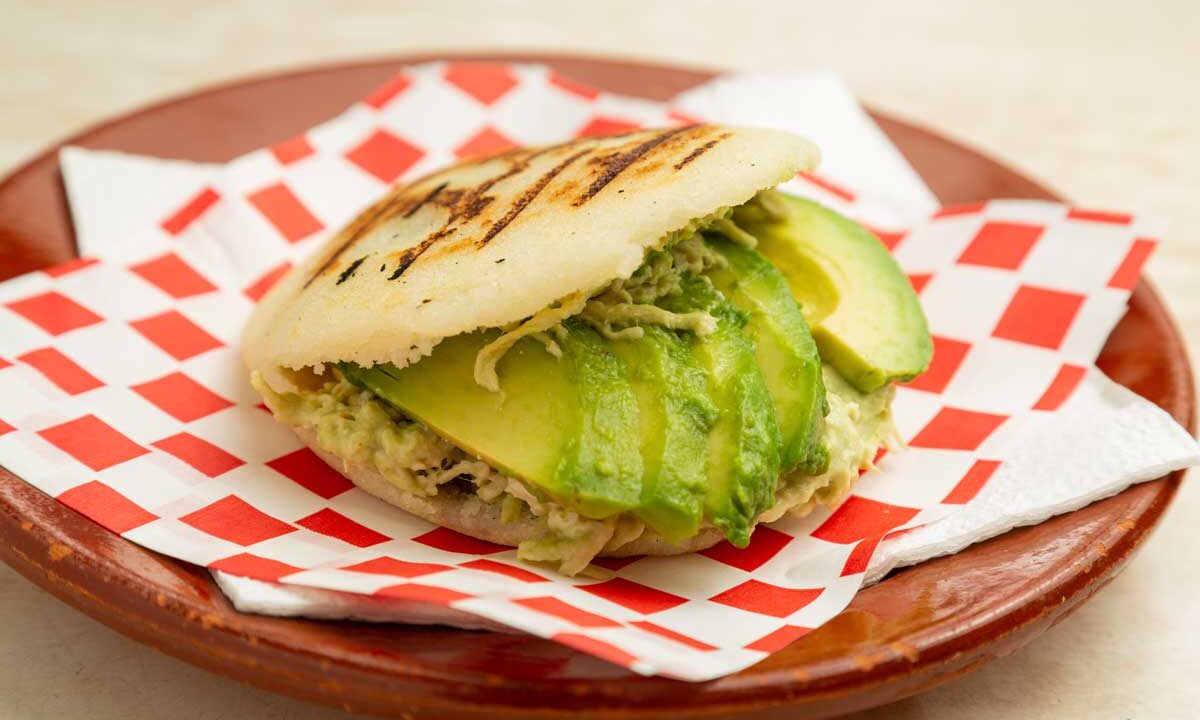

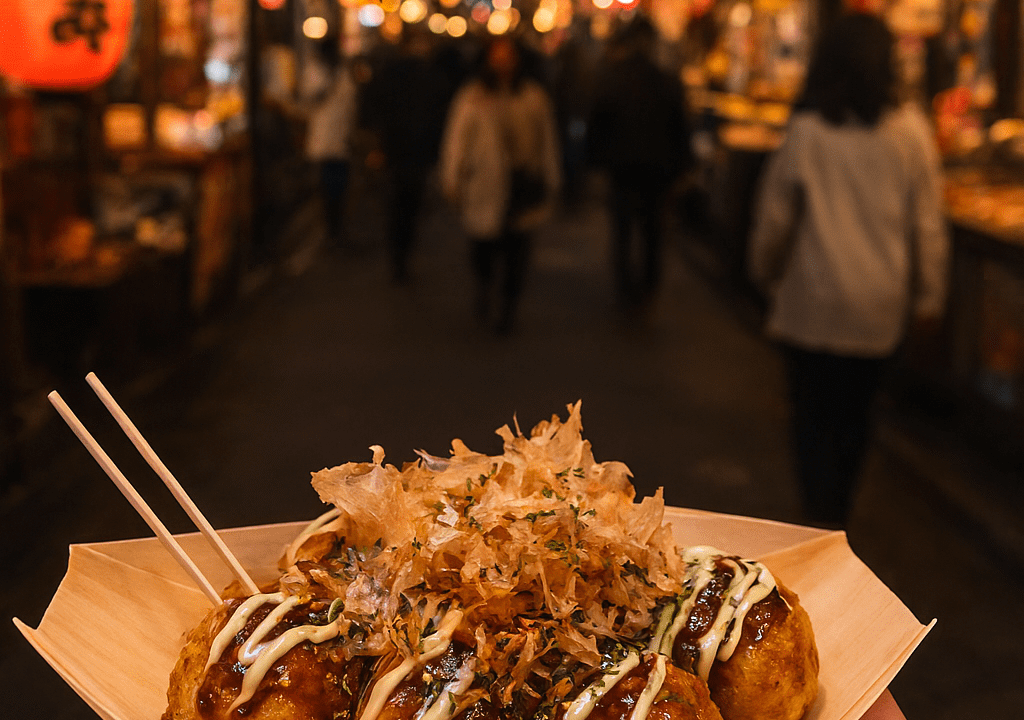


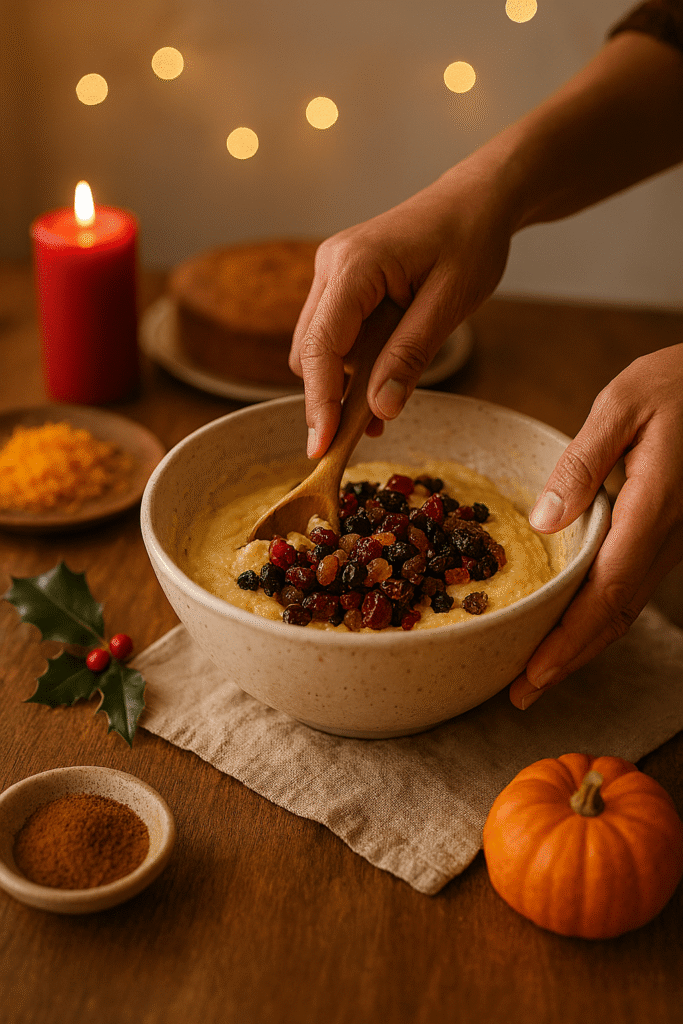



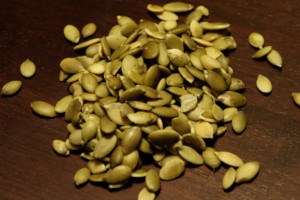

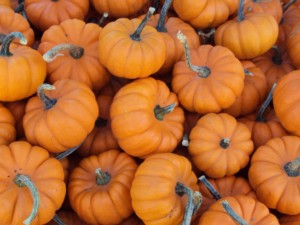


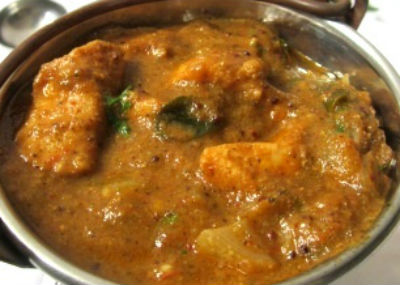
![curry leaf recipe-Chicken 65- By Amiyashrivastava [GFDLhttp://www.gnu.org/copyleft/fdl.html) or CC BY-SA 3.0 (http://creativecommons.org/licenses/by-sa/3.0)], via Wikimedia Commons](https://upload.wikimedia.org/wikipedia/commons/5/5d/Chicken_65_%28Dish%29.jpg)


